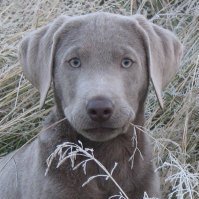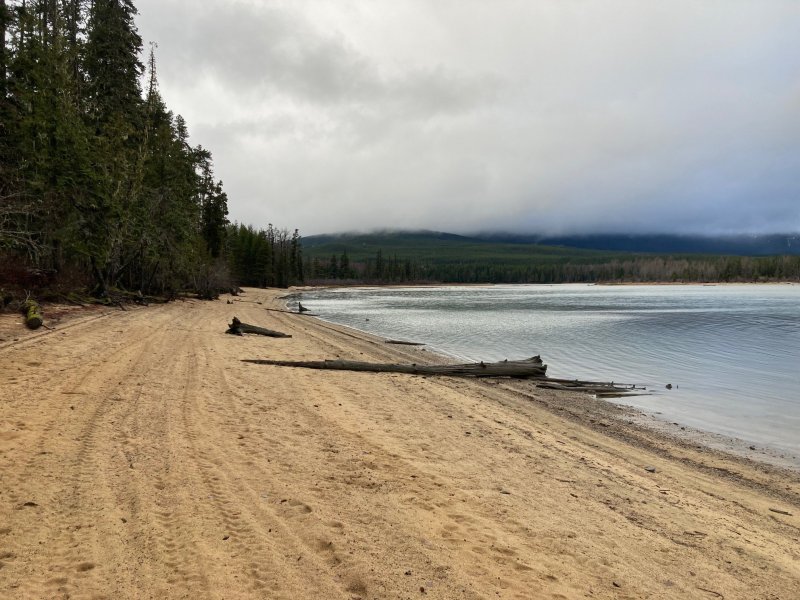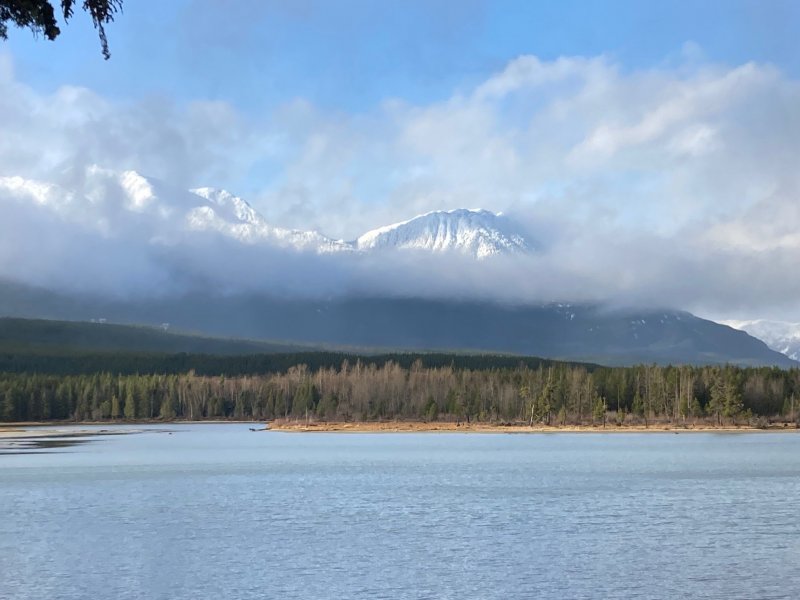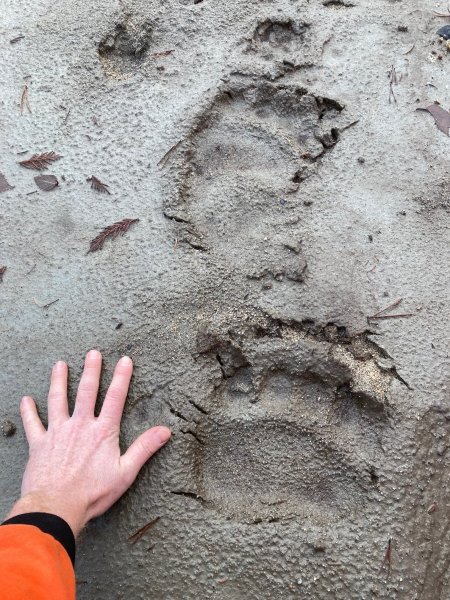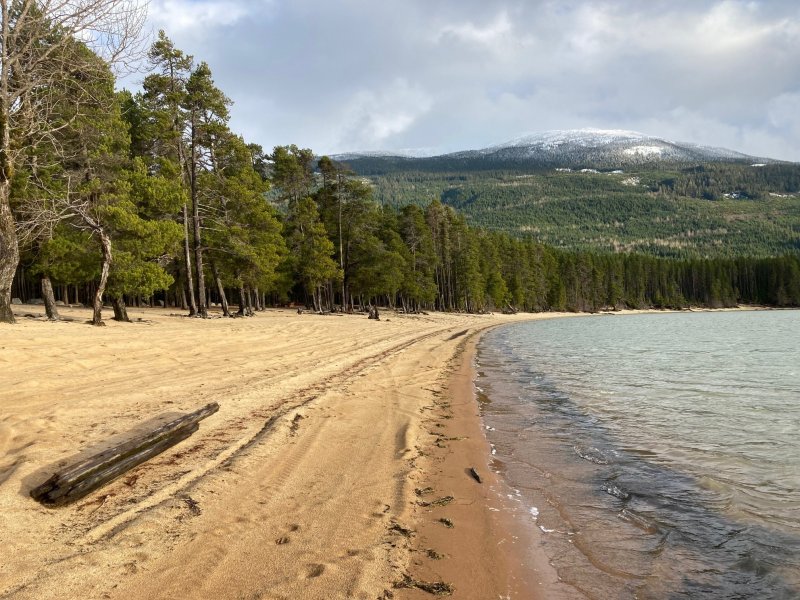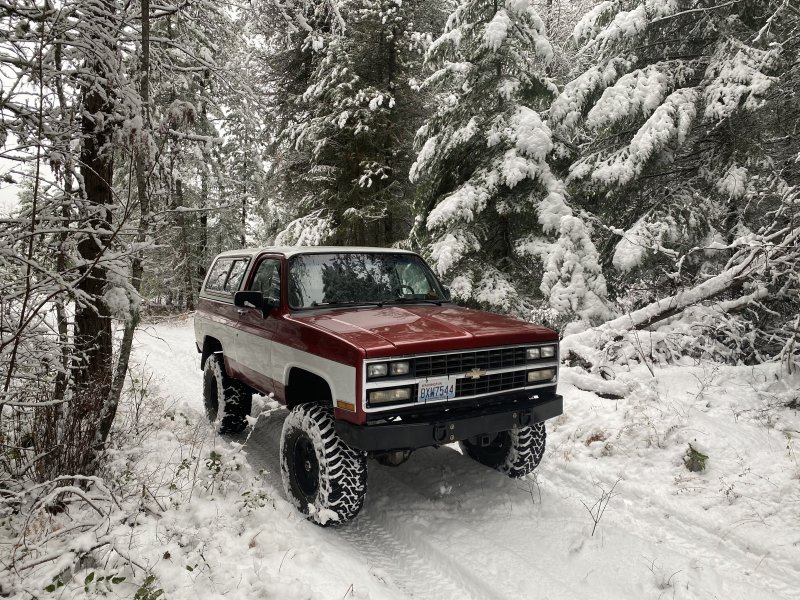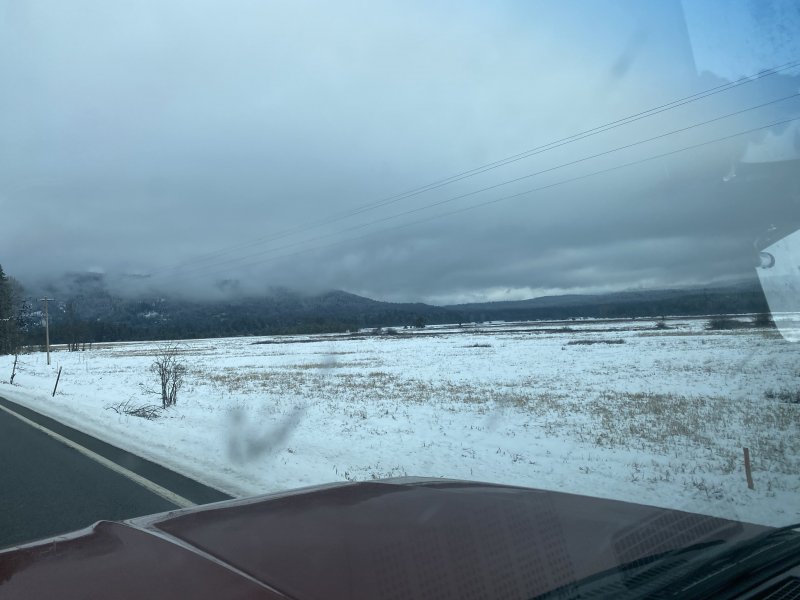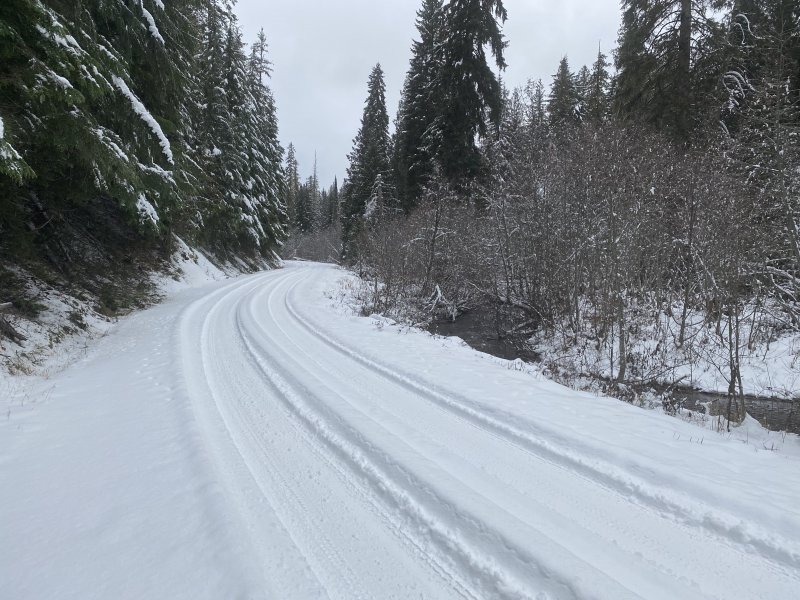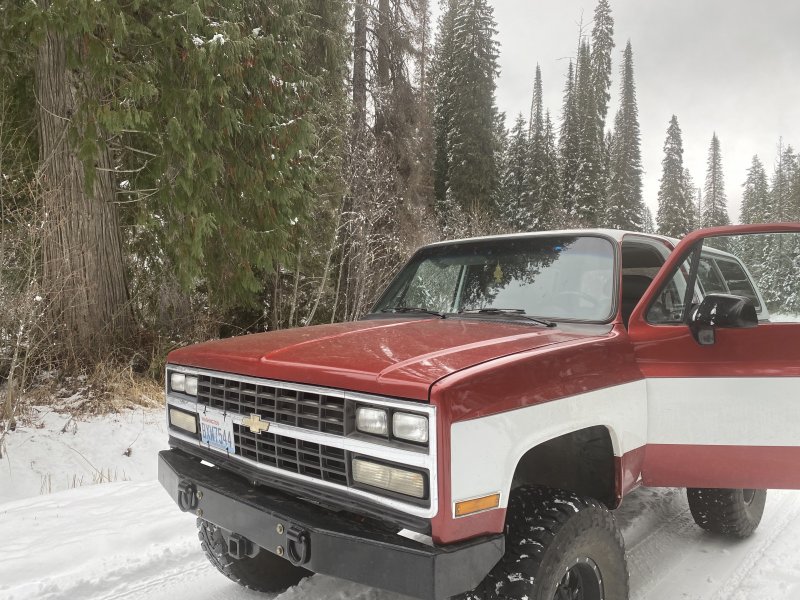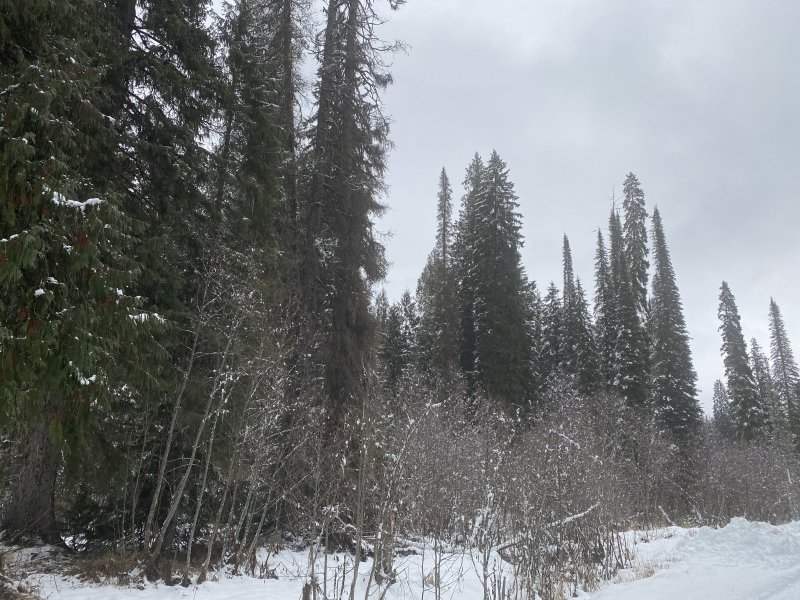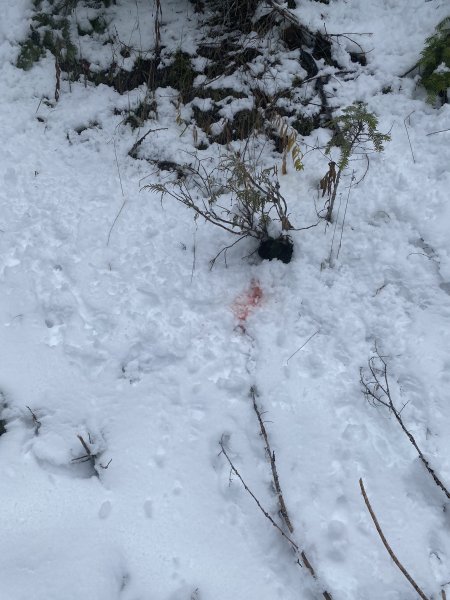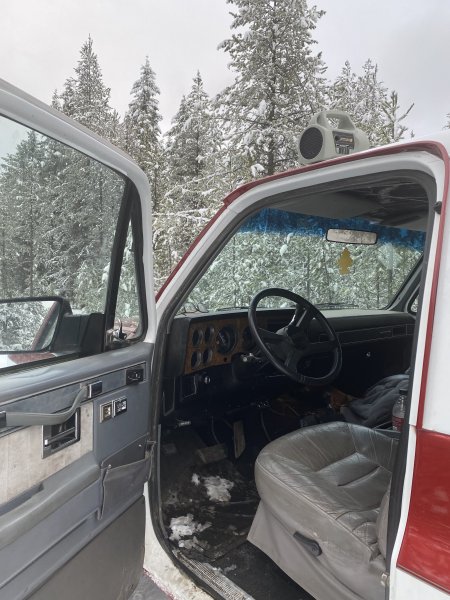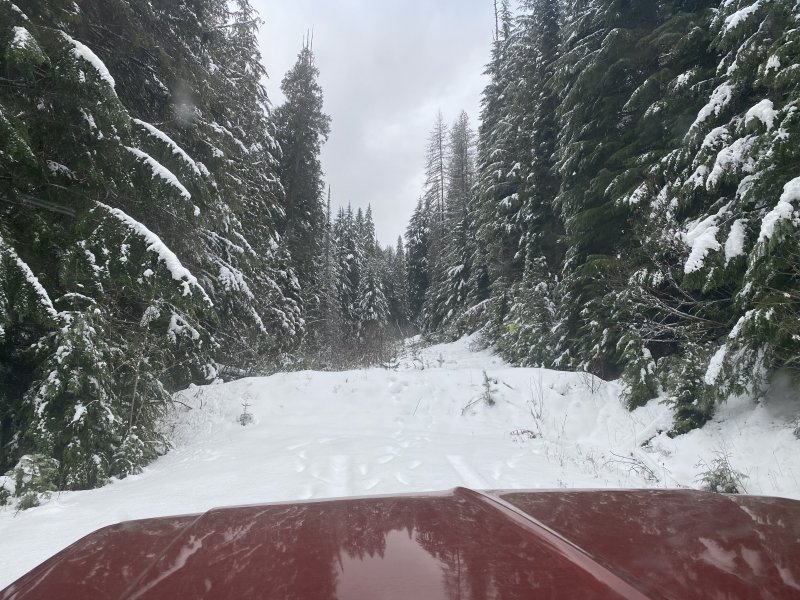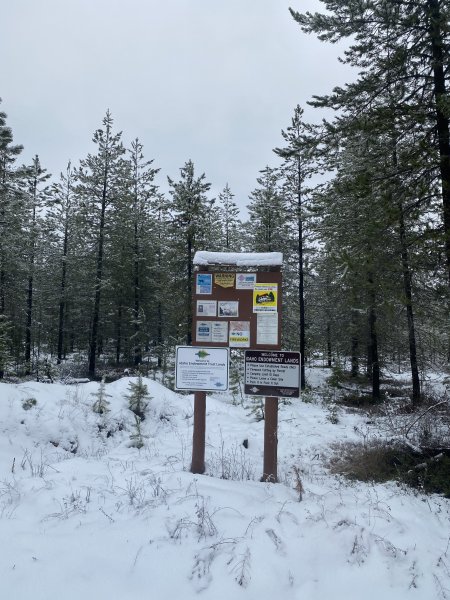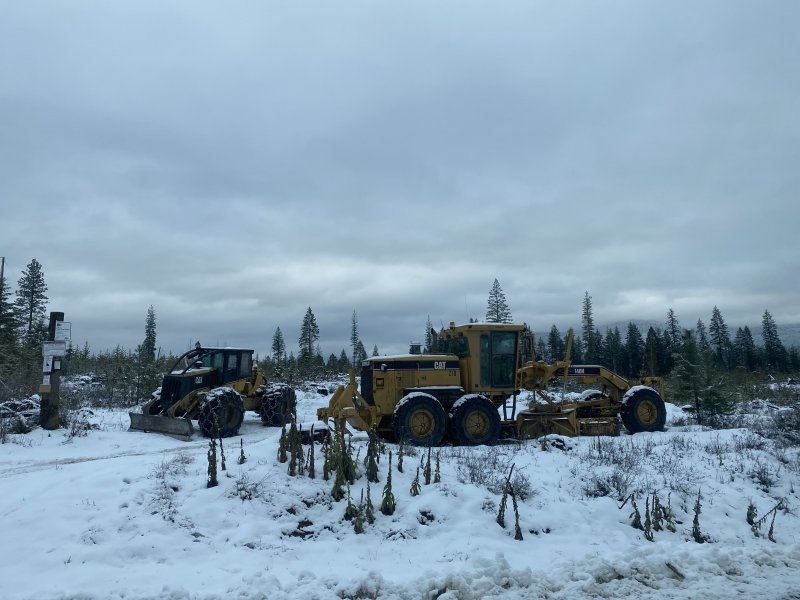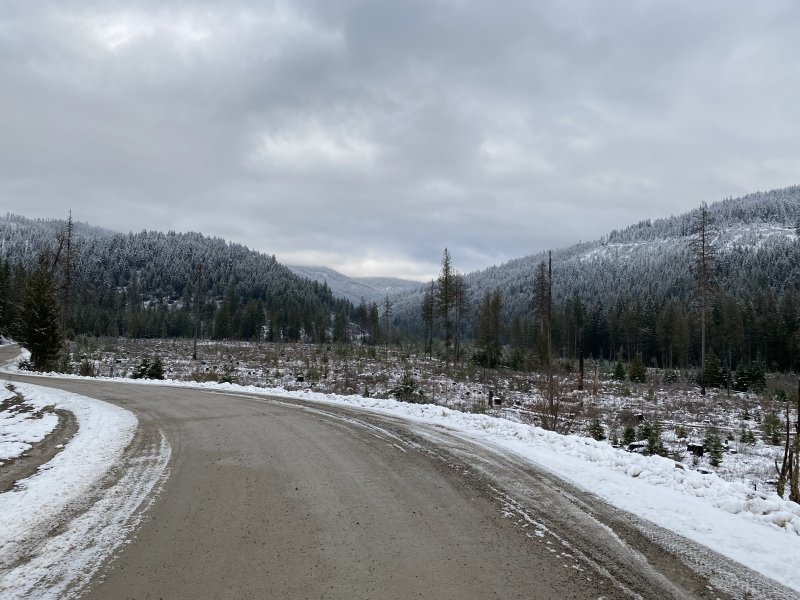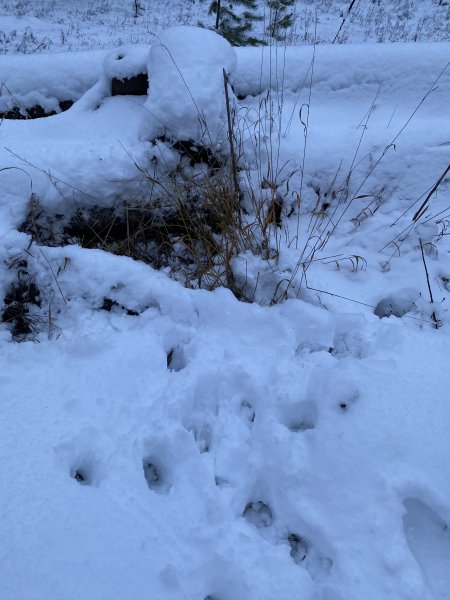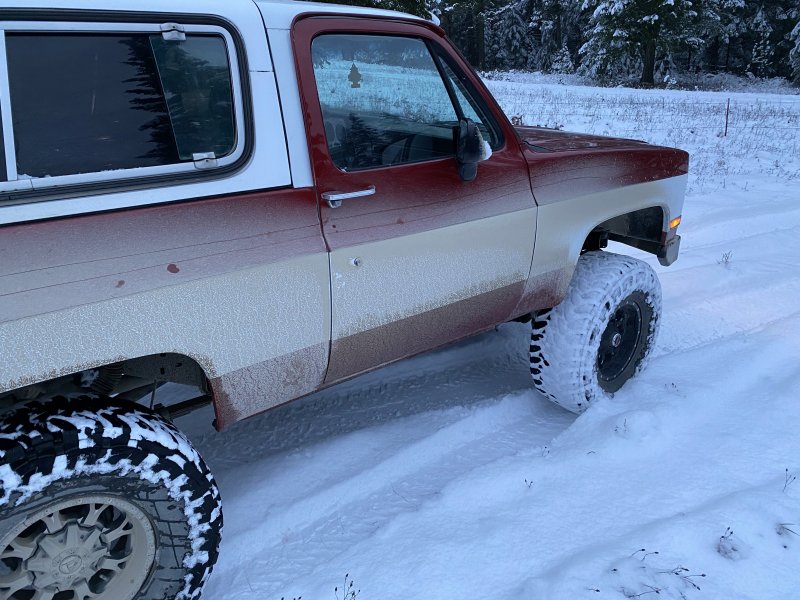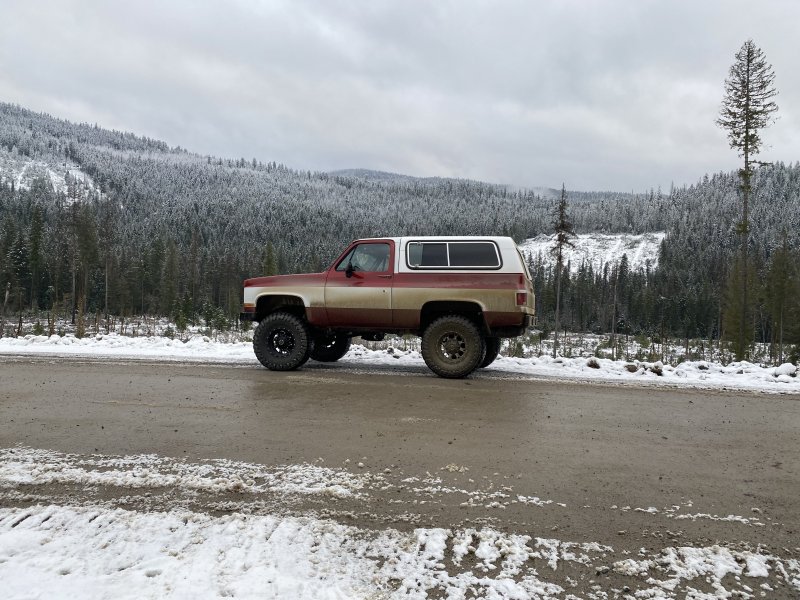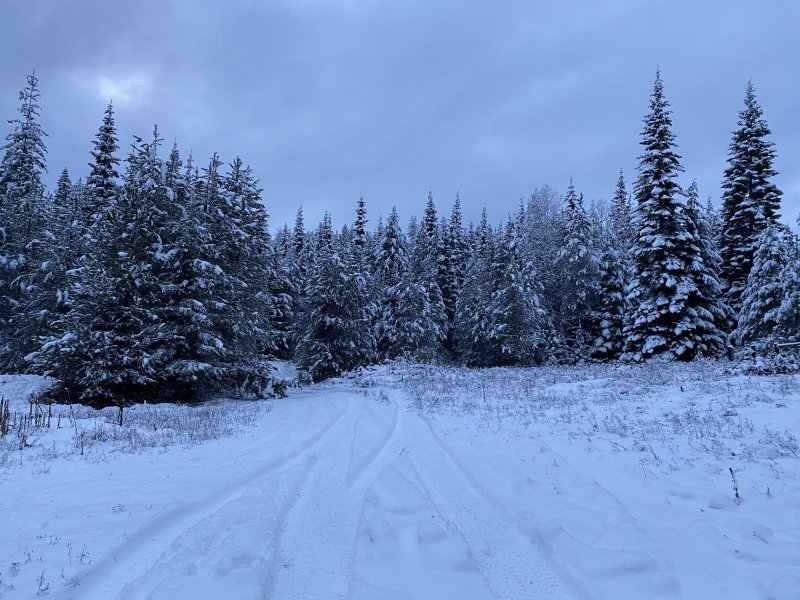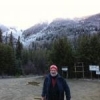Leaderboard
Popular Content
Showing content with the highest reputation on 11/24/2021 in all areas
-
There are at least 3 kinds of huckleberry across the areas I roam. I grew up with evergreen huckleberry in the coast range and lower, wetter parts of the inland / Cascades: Vaccinium ovatum Where I started deer hunting it was usually the understory below tan oak .. tan oaks were thought to be ice age relics related to southeast Asian species rather than American oaks until pretty recently. When mixed with salal and Oregon grap, the combination is known by several names which include colorful and profuse profanity among loggers, hunters, etc. It is pretty nightmarish to try to get through. The areas where they overlap typically get 100 inches or more of rain in a year but it all falls in 6 months so you're either soaked to the bone or fighting impossibly noisy conditions ... there's a good reason for it to be bigfoot cover!! At higher elevations in the Cascade range we have (tah dah!!!) Cascade huckleberry: Vaccinium deliciosum In some areas, in between but overlapping both, we'll find "red huck": Vaccinium parvifolium . Where found with Cascade huckleberry there is also usually snowberry and both are roughly mid-shin in height in those locations. In other areas like along the McKenzie river / highway 242 going to McKenzie Pass it gets somewhat bigger. Being Thanksgiving tomorrow, I should add that all 3 make the most incredible pies you'll ever eat if done right. And to keep it on bigfoot, my research area in the cascade smells like a cooking pie at the end of berry season when it's still hot enough to release the scent of the fallen, uneaten berries. MIB4 points
-
Monday was my last day of powerlining for a while, about 20 miles north of Terrace, BC. Checked out some nearby rec sites at the end of the day. First three are Kitsumkalum Lake and the large black bear tracks found there. Tip of pinky to tip of thumb about 7" in that picture. Last is Red Sand Lake. Nicest lake beach I've ever seen in my life.3 points
-
Got away to go wolf hunting today. Saw lots of loggers and deer hunters. And one spot were a rabbit got whacked. Nada on the return calls. Hopefully I didn't spoil anyones deer hunt. Blazer did awesome. Other than constantly turning the hubs in and out. I forget how good a mechanical 4x4 actually is. It just chugs along.2 points
-
I think that's why he had such a hard time saying it was a black bear. Not saying it was in fact 8" wide, just that's what it seemed like. And yep, I was keeping an eye out for more than just bear tracks!1 point
-
8" wide would make it a world record class black bear. I've seen black bears that squared over 7', and it's impressive. But Terrace is an area I would expect huge black bears.........and sasquatches, too.........1 point
-
Looks like a great day out in the snow, norseman. Love the old Blazer, I had 1 first gen, and 2 different 2nd gen like yours, and they were tanks. My boys got them after me, and beat on them hard.1 point
-
So since Shane and Todd walked in on the one who was highly likely in the process of making a nest in Feb 2020, i've looked as deep as i can in to this Huckleberry and other localized flora in the Olympics. The Evergreen/Shot/Californian/Winter Huckleberry (Vaccinium Ovatum), as mentioned, is one of only three Vaccinium that has a medicinal purpose as a 'birthing aid'. The other two are the below : Bog Bilberry (Vaccinium Uliginosum) which is also known as the Bog Blueberry, Northern Bilberry and Western Blueberry. It's range is all along the west coast up to Alaska as well as the North East, and New England. Oval-leaf Huckleberry (Vaccinium Ovalifolium) which is also known as the Alaska Blueberry, Oval-leaf Bilberry, Oval-leaf Blueberry. It's range is the Pacific Northwest plus parts of Western and Eastern Canada. I've attached a document i prepared for somebody in New England for the Bog Bilberry, it's range is a little more detailed in the document too via maps. Feel free to share with anyone. Bog Bilberry.pdf1 point
-
1 point
-
That Vaccinium Ovatum at the nest site is 8ft tall in places H, for sure !1 point
-
I always knew Alaskan blueberries as "high bush" (Vaccinium alaskaense) and "low bush" (Vaccinium uliginosum). I've heard people refer to the high bush as huckleberries and the low bush as bog blueberries. The low bush is what we find in the interior and alpine areas, and the high bush is primarily found along the coast and coastal mountains of the Gulf of Alaska. By far, the low bush is more prevalent. The mountains are carpeted with it from @ 2,500' elevation to @ 4,000'.1 point
-
A few points need to be made: 1. Obviously any new species will not have DNA sequences in the NCBI database, GenBank. But new species, occasionally a primate, are discovered, and their DNA is sequenced all the time. Recognition by science is based on a number of factors: photo and/or video evidence, a holotype specimen with carefully described morphology which differs significantly from all other species, behavior characteristics, range, AND a phylotree of related species, including the new one, that makes sense. The relation to known species (through a DNA based phylotree) is important. 2. One needs information on the specific technique Disotell used to be able to evaluate his comments such as "the DNA was too degraded." The entire Neanderthal genome was sequenced from HIGHLY degraded DNA. Also DNA is purposefully degraded (broken up) in some sequencing techniques (results are then reassembled later). 3, As a donor to the Meldrum/Disotell Project I was promised access to the results. I have seen nothing, and doubt anything formal was produced. I will inquire about this. Anybody here seen anything written? 4. See https://journals.plos.org/plosone/article?id=10.1371/journal.pone.0044271 for a very good article on the discovery of a new species of monkey. Note the phylotrees (also called phylograms) in the figures and that much more additional factors were involved in describing this monkey as a unique species.1 point
-
I think I have mentioned this, but the trackway I found back in '74 lead out of the river, across a mud-covered rocky shelf, up a very steep clay bank, and into a horrific evergreen huckleberry "jungle". It was previously logged, naturally reseeded, and grew back to a mass of mid-sized Douglas fir overstory with an understory of incredibly dense huckleberry and blackberry. It very much resembled the original OP site / approach path the team used as depicted in video. I've also uncovered 2 reports from hunters in the Oregon Coast Range of nest-like structures on the ground made of evergreen huckleberry in locations similar to the OP original site in that they were above smaller of a main river, tributaries where salmon spawn. I do not think this is as unique as it initially appeared, it's just so forbidding people don't generally go into those places so they don't find the nests. It makes me think of a couple of other locations I should check .. would check if I were a little nearer with younger legs. MIB1 point
This leaderboard is set to New York/GMT-05:00


